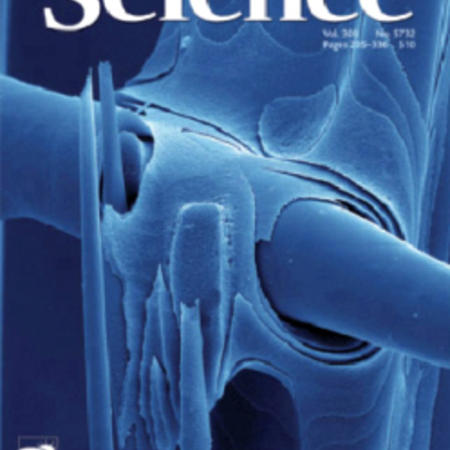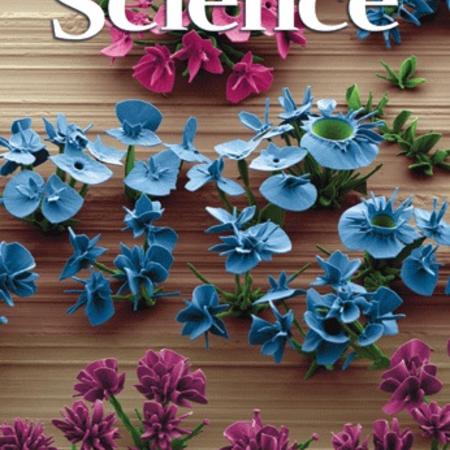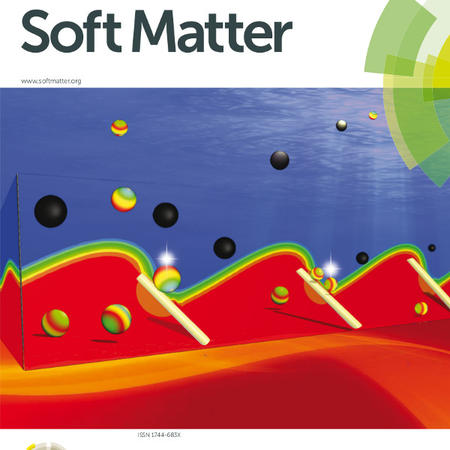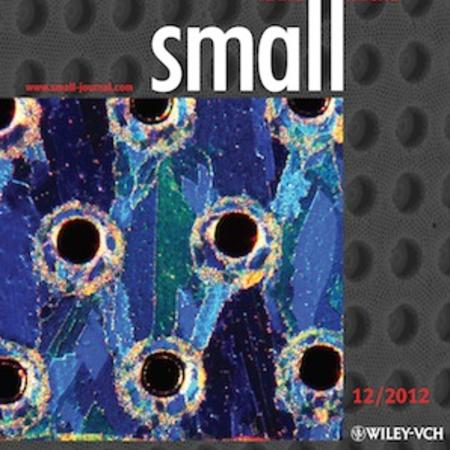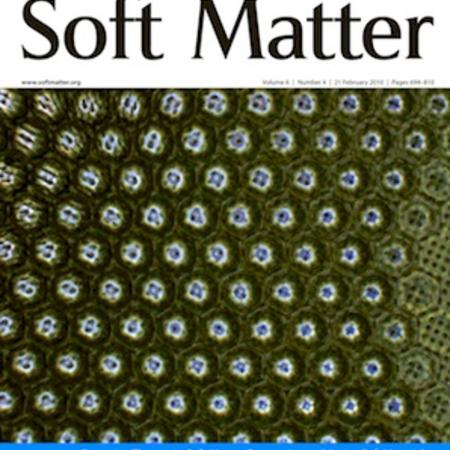Citation:
Tesler AB, Kim P, Kolle S, Howell C, Ahanotu O, Aizenberg J. Extremely durable biofouling-resistant metallic surfaces based on electrodeposited nanoporous tungstite films on steel. Nat. Commun. 2015;6 :8649.
Abstract:
Formation of unwanted deposits on steels during their interaction with liquids is an inherent problem that often leads to corrosion, biofouling and results in reduction in durability and function. Here we report a new route to form anti-fouling steel surfaces by electrodeposition of nanoporous tungsten oxide (TO) films. TO-modified steels are as mechanically durable as bare steel and highly tolerant to compressive and tensile stresses due to chemical bonding to the substrate and island-like morphology. When inherently superhydrophilic TO coatings are converted to superhydrophobic, they remain non-wetting even after impingement with yttria-stabilized-zirconia particles, or exposure to ultraviolet light and extreme temperatures. Upon lubrication, these surfaces display omniphobicity against highly contaminating media retaining hitherto unseen mechanical durability. To illustrate the applicability of such a durable coating in biofouling conditions, we modified naval construction steels and surgical instruments and demonstrated significantly reduced marine algal film adhesion, Escherichia coli attachment and blood staining.Notes:
A.B.T., P.K. and J.A. designed the experiments; A.B.T. constructed the samples and measured chemical, mechanical and wetting properties; A.B.T., S.K. and C.H. designed and performed the anti-biofouling experiments; O.A. discussed and analysed the anti- biofouling data and model; all authors contributed to the interpretation, conception and presentation of the data and wrote the article; J.A. supervised the research.
